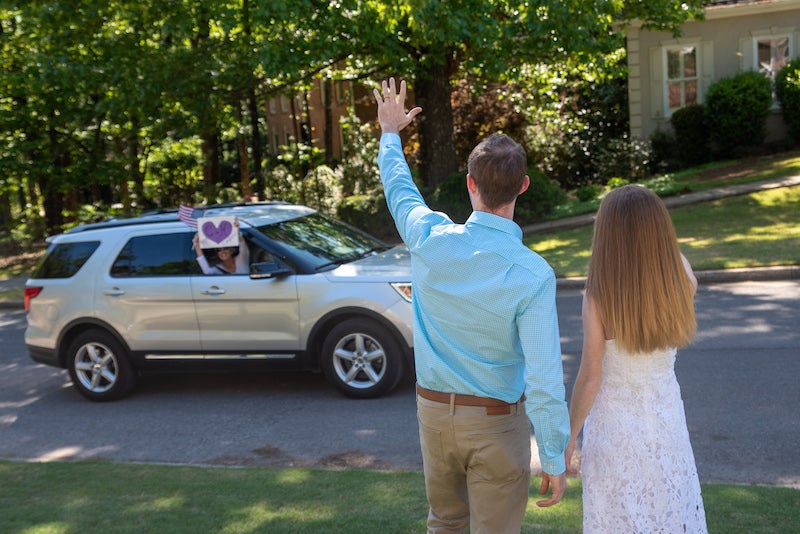How did you swallow that?
Published 4:48 pm Monday, May 16, 2011
By DR. FRED SELF / Veterinarian
One of the self-inflicted conditions we see in veterinary medicine is related to dietary indiscretion.
Our dogs and cats sometimes decide to eat objects that they are either unable to digest or their bodies are unable to pass through their gastrointestinal tract.
The types of objects that will not digest are too numerous to count.
They range from objects as hard as rocks to items as soft as socks.
There is no set size or shape requirement that prevents objects from passing.
Today, we will discuss several of the items that tend to get stuck on their way through.
One of the harder objects to identify once eaten is string. There is no known reason for an appetite for string.
In fact, other string-shaped objects can be involved, like hair. Once eaten, the string tries to pass. But instead of making its way through, the string causes the intestine to act like an accordion and bunch up.
That means both the string and any food that follows it get lodged in place.
Clothes also act as a blockage. Often our pets will eat socks or other types of clothes because they have an odor or have something spilled on them to give them a taste.
Trying to prove clothing has been eaten is hard. It will not show up easily on a radiograph, an x-ray film.
Special material, called Barium, has to be given to the pet to swallow so that the clothing will show up on a radiograph.
Bones are easier to identify when swallowed. Often the owner gave the bone to the pet and can describe its size and shape.
When radiographed, bones are distinct in the gastrointestinal tract.
They show up bright white.
It is surprising but not uncommon for dogs to eat rocks. It is hard if not impossible to explain, but something about rocks tastes good to some dogs.
Just like bones, rocks are easy to identify, when the pet is radiographed. Also like bones, they show up bright white.
However, there is a difference between rocks and bones.
The rocks are more dense so they appear even brighter white than bone.
Sometimes our pets eat items not on the menu.
Anytime a dog or cat suddenly starts throwing up food and does not respond to medication that should stop the vomiting, taking radiographs is a good idea.
Dr. Fred Self is a veterinarian at Shelbiana Animal Clinic in Columbiana, along with Dr. Charles Thornburg. You can reach the clinic at 669-7717.









